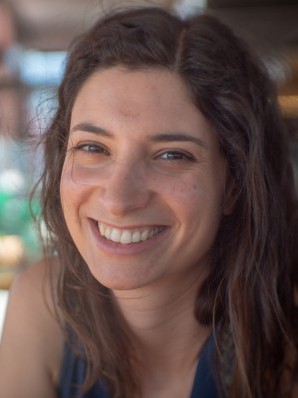abstract
The partitioning behavior of norfloxacin (more hydrophilic) and sodium diclofenac (more hydrophobic) was studied considering the use of aqueous two-phase systems (ATPSs) based in copolymers and dextran. For this research, the phase behavior of systems composed of water, a copolymer (Pluronic PE6400, Pluronic L35, Pluronic PE6800, PEG-ran-PPG monobutyl ether and PEG-ran-PPG) and dextran (Mw=40000 and 6000 g.mol(-1)) were investigated. The phase diagrams showed that by increasing the molecular weight and the copolymer PPG/PEG ratio, the biphasic region is enlarged. After defining the bionodal curves, a preliminary screening on the partition of two pharmaceutic ingredients (sodium diclofenac and norfloxacin) was carried. After selected the most appropriate ATPS for the partition of both drugs, namely systems based on diblock copolymers (poly(ethylene glycol)-poly(propylene glycol)) - dextran T6 and one random copolymer (poly(ethylene glycol)-ran-poly(propylene glycol)) - dextran T6, the effect of the copolymer concentration and different mixture points was assessed. In the end, the results showed that by increasing the copolymer concentration and tie-line length, the partition coefficient of the pharmaceutical ingredients increased in the block copolymer-based ATPS and decreased in systems containing the random copolymer. (C) 2020 Elsevier B.V. All rights reserved.
keywords
BLOCK-COPOLYMERS; PHASE-EQUILIBRIUM; TRIBLOCK COPOLYMER; BIPHASIC SYSTEMS; GREEN SEPARATION; IN-VIVO; PURIFICATION; WATER; TEMPERATURE; EXTRACTION
subject category
Thermodynamics; Chemistry, Physical; Engineering, Chemical
authors
Ahsaie, FG; Pazuki, G; Sintra, TE; Carvalho, P; Ventura, SPM
our authors
Projects
CICECO - Aveiro Institute of Materials (UIDB/50011/2020)
CICECO - Aveiro Institute of Materials (UIDP/50011/2020)
Projeto de Investigação Exploratória: Pedro Carvalho (IF/00758/2015)
acknowledgements
This work was developed within the scope of the project CICECO-Aveiro Institute of Materials, UIDB/50011/2020 & UIDP/50011/2020, financed by national funds through the FCT/MEC and when appropriate co-financed by FEDER under the PT2020 Partnership Agreement. The author Farzaneh Ghazizadeh Ahsaie thanks the Iranian Ministry of Science & Technology for supporting her expenses during her sabbatical internship at University of Aveiro, Portugal. P.J.C. thanks FCT for his contract under the Investigator FCT 2015 (IF/00758/2015).




